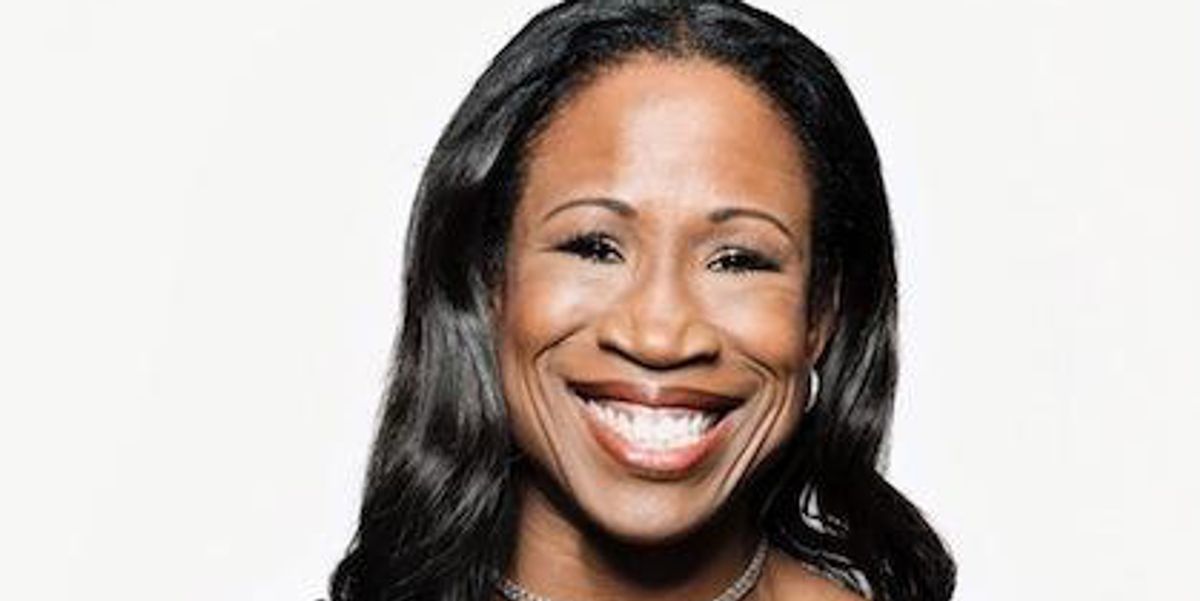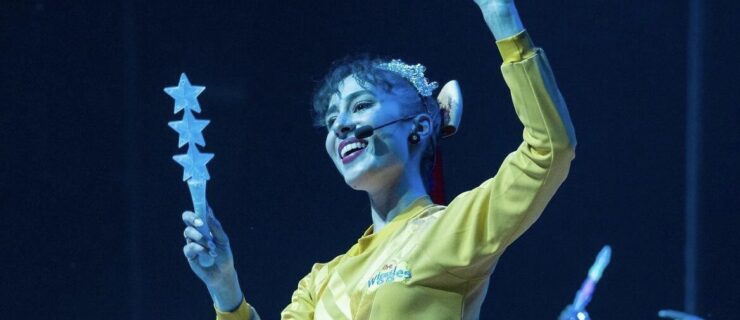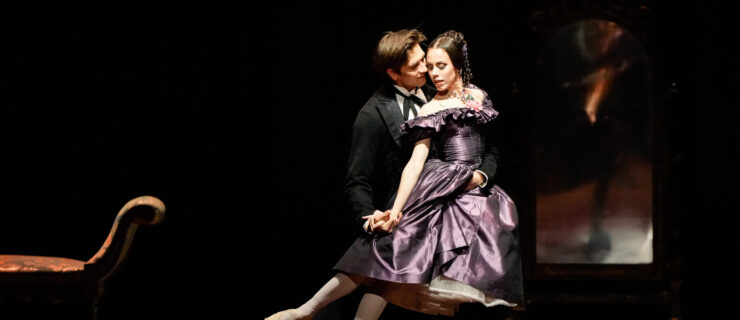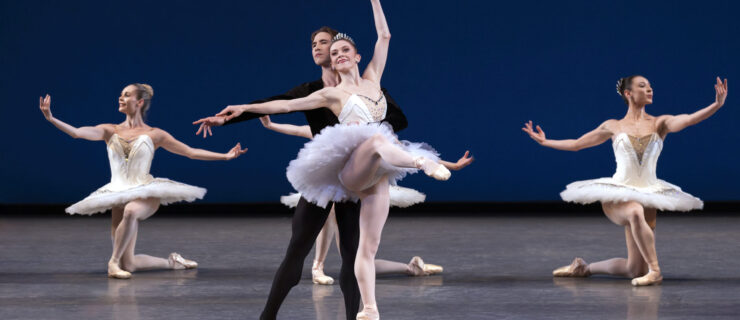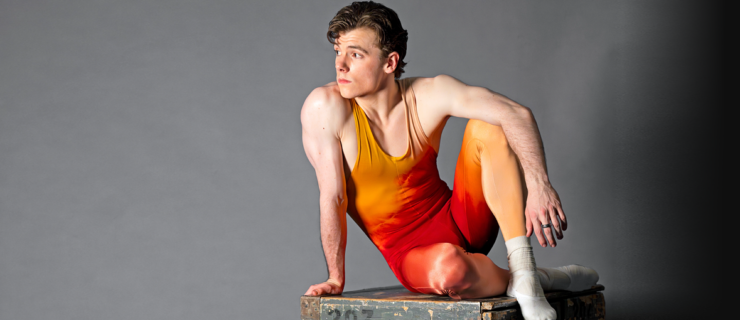Lauren Anderson On Diversity, Legacy and Debbie Allen's Impact On Her Life
When I was a teenager, Lauren Anderson was my generation’s Misty Copeland. The former Houston Ballet star made history as the company’s first African American principal ballerina in 1990, and her partnership with Carlos Acosta thrilled audiences before he left Houston for The Royal Ballet. Since her retirement in 2006, she’s had her hands full as Houston Ballet’s program manager of community engagement—yet she still finds time to teach master classes around the world. On April 8–12, Anderson will be headlining Debbie Allen Dance Academy’s “DADA On Pointe” Ballet Intensive, including an exclusive talk-back with Allen on April 8. Anderson spoke with Pointe about the impact the Fame star had on her career, and how she’s tried to pay it forward since.
Have you worked with Debbie Allen in the past?
Debbie Allen and I have a long history—she’s from Houston. I’ve never taught for her Academy in L.A., but we’ve popped up in each other’s lives throughout our careers. She was so influential on me when I was younger, starting with Fame—I’d watch it every Saturday afternoon. She was also the first African American student in the Houston Ballet Academy. She and I share the vision that every child should have high quality dance education, period. I am so excited about collaborating—we’ve been trying to do this for a while.
When you’re teaching a master class, what do you focus on?
Definitely musicality, relaxation and control. A master class is a one shot deal—you’ve got an hour and half, and as a teacher you think, I’m there to change their life in some way or another, to inspire them. My idea in the studio, which I got from my mentor Ben Stevenson, is to create an atmosphere that lets the student know that the possibilities are endless within the confines of classical technique. Each class is different, but by the second or third combination I know what the theme of the day is going to be. My job is to make that theme fit into the combinations that I’m giving.
Your pointe shoes are on permanent display at the new
National Museum of African American History and Culture in Washington, DC. How does that make you feel?
What’s cool about it is that my shoes are in a display case along with Dance Theatre of Harlem. My mom took me to see DTH when I was nine. All of a sudden I saw a black dancer go across the stage—and then I saw another one. And I looked at my mother and I said, “Mom! There’s a whole stage full of them!” I hadn’t seen a black ballerina until then. I knew I didn’t look like anyone in my class, but at that point I thought, I can do this.
The influence that company has had on my life is amazing. Virginia Johnson was a ballerina I looked up to. So it’s humbling that I’m in the same case with Arthur Mitchell’s bronzed ballet shoes and Virginia Johnson’s Giselle costume. When I saw my shoes next to them I was overwhelmed with joy. To even think that I’m on the same level—it’s still surreal to me.
There’s been a lot of attention in recent years about the lack of diversity in classical ballet. Are things starting to get better?
Things are getting different. Of course things are better—we had African American dancers back in the ’50s that had to pass for white to get jobs, for instance. But it’s still a European art form and there are still people who think the corps de ballet needs to be like the Rockettes. But things are changing, because more and more people are beige. Evolution is going to take over and everyone will be beige soon. That sounds flippant, but it’s true. There’s more opportunity for people of any nationality or color, but there’s also more awareness, especially with social media. We see things as they happen—we watched Misty Copeland’s rise unfold in real time! We’ve had black ballerinas forever, but now they’re just more visible, which is good because they’re inspiring more kids to dance.
You presented Misty Copeland with flowers during her
Swan Lake debut in New York City. Did she contact you beforehand?
She did. I got a call from her manager who extended the invitation—she discussed my giving her flowers and I said I would be honored! And what’s neat is that this goes full circle to Debbie Allen. Every time Houston Ballet was in Washington performing at the Kennedy Center, Debbie was at the show (she lived there at the time). I remember we were performing Serenade and I was the Russian girl. Afterwards there was a party and Debbie was there. She came up to me and I was just floored. I said, “It’s an honor to meet you! I’ve wanted to be you all my life!” And she took my shoulders and said, “No, honey—we all wanted to be you.” I didn’t get it then, but I did later—it was the ballet thing. So I will traipse around America to see dancers—we gotta support our babies! Those mentorship moments are so important. You never know who you’re going to affect and how you’re going to inspire them.
What was the biggest lesson you learned during your career that you try to pass on to younger generations?
You have to be honest with your weaknesses, you have to be honest with your strengths, and you have to figure out, in the muck and mire of being so young, who you are in the role. We’re constantly comparing ourselves to other dancers. But you gotta be real. There’s always going to be someone out there better than you. But it’s your part, and when you can bring your realness to the technique? There’s nothing like it!
